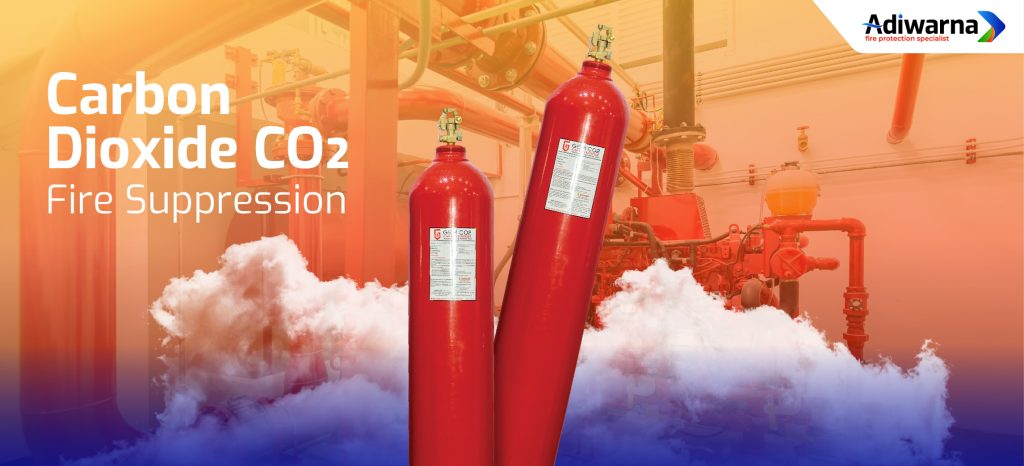Protected: The Fire Triangle: Basic Theory to Understand
Imagine a small spark from an electrical wire, touching a pile of papers in the corner of the room. Within seconds, the flame starts to grow, and if not dealt with immediately, could turn into a major fire.
It can happen anywhere-homes, offices, and factories. To understand how fires start and spread, it's important to recognize a basic concept called the fire triangle.
The fire triangle explains the conditions for a fire to form and how it is sustained. This understanding is key to preventing and dealing with fires effectively.
What is the Fire Triangle?
The fire triangle is an important concept in fire science that describes the three main elements that must be present simultaneously for a fire to form and stay lit. These are oxygen, fuel and heat. If any of these elements are not available, then a fire will not start, or an existing fire will extinguish itself.
This concept is not only theoretical, but also the basis of fire fighting strategies. In practice, many extinguishing systems are designed to eliminate one of these three elements in order to control the fire quickly.
3 Fire Forming Elements
Oxygen₂)

Oxygen is the main supporting element in the combustion process. In free air, oxygen levels are around 21%, and a minimum of 15% is required for combustion to take place. Oxygen functions as an oxidizing agent that allows the fuel to react and produce fire.
Fuel
Fuel is anything that can burn, whether it is solid like wood and paper, liquid like gasoline or kerosene, or gas like LPG. Without fuel, a fire has no source of energy to ignite and sustain.
Heat
Heat is the initial trigger that starts combustion. Heat can come from many sources: electric spark, friction, flame, and sunlight. When the fuel reaches a certain temperature (flash point), it will begin to react with oxygen and create fire.
The Fire Process Based on the Concept of the Fire Triangle
Fire occurs when all three elements of the fire triangle are present at one time and place. The process begins when a heat source raises the temperature of the fuel to the flash point. After that, the fuel reacts with oxygen through the oxidation process, producing heat and light.
As long as these three elements are continuously available, the fire will continue to burn. Conversely, if one of the elements is removed, such as cutting off the flow of oxygen, lowering the temperature, or removing the fuel, the fire will go out.
Because fire-forming elements are so easily found in everyday life, the potential for fire can occur anywhere. Oxygen is freely available in the air. Fuel can be furniture, paper, plastic or flammable liquids. Meanwhile, heat can come from electrical devices, machinery or even extreme weather.
This is why fire protection systems are so important. A small, unexpected incident can trigger a major fire if there is no quick response system in place. By understanding the fire triangle, potential risks can be minimized early before they develop into disasters.
Knowing how the fire triangle works isn't just useful for firefighters, it's important for everyone. By understanding the interaction between oxygen, fuel and heat, we can be more alert and prepared for emergency situations.
As a preventive measure, fire extinguishing systems should be designed appropriately and professionally.
Adiwarna, as an experienced fire protection contractor, is ready to help provide comprehensive solutions to prevent and manage fires, from installation to system maintenance. Through an integrated approach based on the fire triangle principle, Adiwarna is committed to creating a safe and secure environment.







